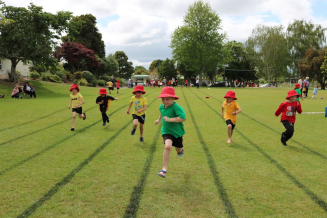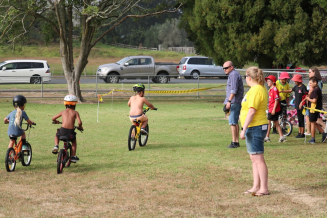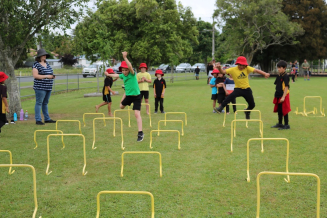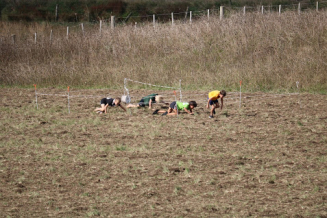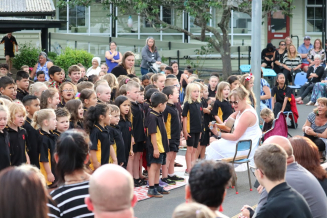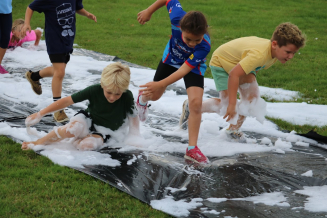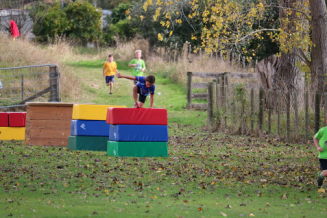Bilingual Education Guidelines and Procedures
The Board of Trustees and staff of Te Kauwhata Primary School are committed to providing quality teaching and learning for all children through our Year 1 - 6 Te Reo Māori Bilingual classes. The class sizes within the Bilingual unit will be funded using the MOE guidelines on teacher to student ratios that reflect non Māori immersion teacher to student ratios, until a time that Māori immersion education is available at Te Kauwhata Primary School.
Each year the board will determine the number of places that are likely to be available in the following year for the bilingual classes. The board will publish this information by notice on the Te Kauwhata Primary School website. The notice will indicate how many applications are to be made and will specify a date by which all applications must be received.
Applications for enrolment into the bilingual classes will be processed in the following order of priority:
First priority must be given to any applicant who is mana whenua. (eg. Ngāti Naho, Ngāti Hine, Ngāti Mahuta, Ngāti Pou and Ngāti Taratikitiki.
Second priority must be given to any applicant who is from the wide Tainui rohe.
Third priority must be given to any applicant who has attended Kohanga Reo or Māori immersion education eg. Kura Kaupapa or Rumaki class.
Fourth priority must be given to any applicant who is of Māori descent and whakapapa to other iwi in Aotearoa.
Fifth priority must be given to any applicant who is the sibling of a current or a past student of the reo rua unit at Te Kauwhata Primary.
Sixth priority must be given to all other applicants.
In any given year that the class sizes reach the MOE guidelines on teacher to student ratios that reflect non Māori immersion teacher to student ratios, the classrooms will be closed for that year. If there are students who arrive at Te Kauwhata Primary School during this time and want to be placed in a bilingual class they will be added to a waiting list for the following year and will have to apply accordingly under our Bilingual Enrolment guidelines.
